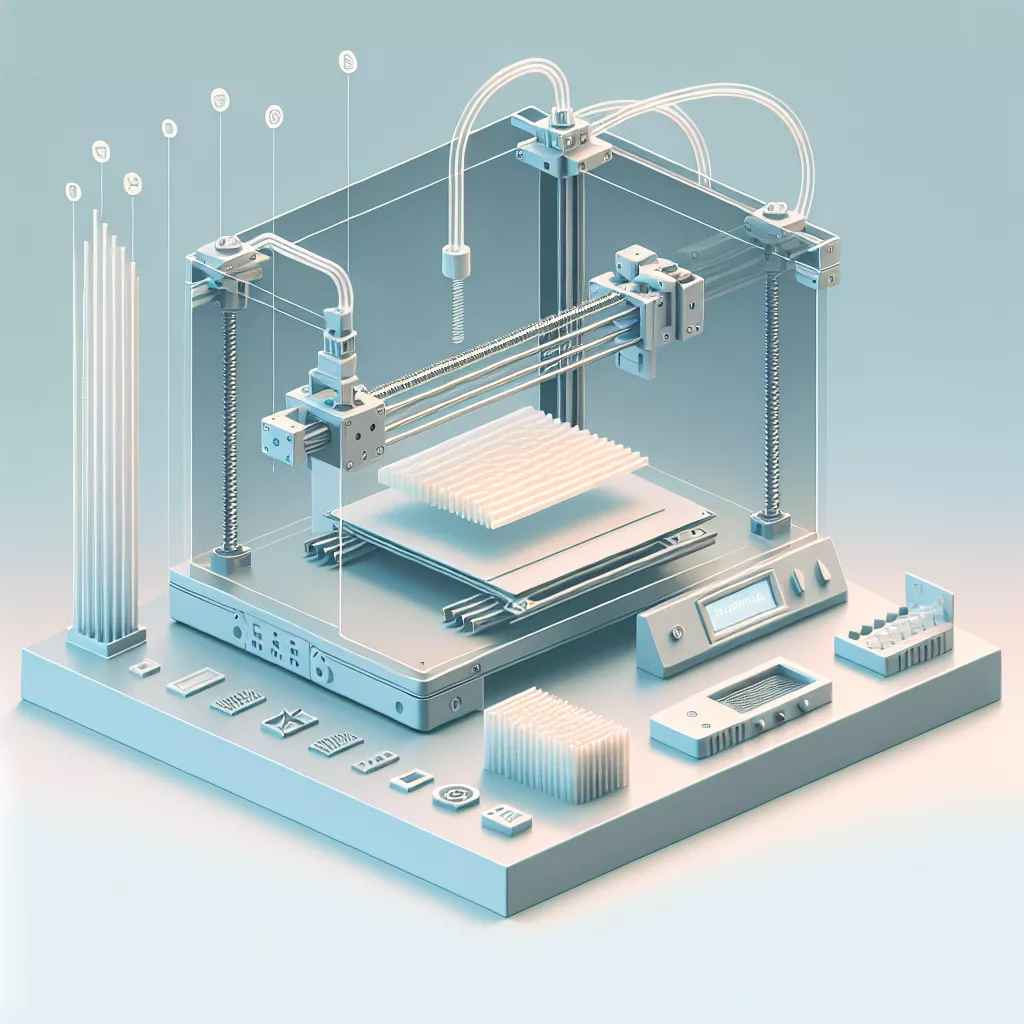Introduction: Why Slicer Software Matters for Resin 3D Printing
Resin 3D printing, commonly referred to as SLA (Stereolithography), DLP (Digital Light Processing), or LCD/MSLA (Masked Stereolithography), offers extraordinary detail and smooth surfaces that are the hallmark of high-quality 3D prints. However, even the best resin printer relies on robust slicer software to transform your 3D models into printable instructions. The right slicer not only ensures accurate prints but also optimizes support structures, reduces print failures, and saves time and resin.
What to Look For in Resin Slicer Software
When selecting slicer software for resin 3D printing, consider these critical features:
- Compatibility: Ensure the slicer supports your printer’s file formats and hardware.
- Support Generation: Automatic and manual support controls are crucial for successful resin prints.
- Advanced Settings: Look for customizable layer height, exposure times, anti-aliasing options, and more.
- User Interface: A clean, intuitive interface enhances workflow and reduces errors.
- Speed and Reliability: Processing speed and dependable slicing are essential for large or complex models.
- Community & Updates: Active development and a large user base often mean rapid bug fixes and better support.
Top Slicer Software for Resin 3D Printing
1. Lychee Slicer
Lychee Slicer has rapidly risen in popularity among resin enthusiasts and professionals alike. It offers a powerful, user-friendly interface and is compatible with a wide range of printers.
- Strengths: Excellent automatic and manual support generation, real-time slicing previews, and an intuitive workflow. The software also features repair tools, hollowing options, and advanced anti-aliasing settings.
- Ideal for: Both beginners and experts who want a flexible, feature-rich slicer that balances automation with customization.
- Platforms: Windows, MacOS, Linux
- Freemium Model: Free version covers most needs; paid version offers advanced features like island detection and custom support editing.
2. Chitubox
Chitubox is seamlessly integrated with many budget and mid-level resin printers, especially those using Chitu Systems’ boards. Its widespread compatibility and simplicity have made it a go-to option for many.
- Strengths: Fast slicing, solid auto-support function, and efficient resin saving tools (such as hollowing and drainage hole creation). The interface is straightforward, and the software is routinely updated.
- Ideal for: Users of popular desktop resin printers (like Anycubic and Elegoo) who want straightforward, hassle-free slicing.
- Platforms: Windows, MacOS, Linux
- Pricing: Free, with a Pro paid version for advanced features.
3. PrusaSlicer
PrusaSlicer, originally developed for FDM printing, now also supports SLA/LCD printers (notably the Prusa SL1, but increasingly others via community profiles).
- Strengths: Open-source, highly customizable, and backed by the trusted Prusa brand. Excellent support editing and advanced slicing algorithms.
- Ideal for: Tinkerers, open-source enthusiasts, and those already invested in the Prusa ecosystem.
- Platforms: Windows, MacOS, Linux
- Pricing: Free and open-source.
4. Photon Workshop
Photon Workshop is the official slicer for Anycubic’s resin printers. While not as feature-rich as Lychee or Chitubox, it offers solid hardware integration and steady improvements.
- Strengths: Direct compatibility with Anycubic printers, straightforward workflow, and automatic support creation.
- Ideal for: Beginners and users who want simplicity and minimal setup with Anycubic machines.
- Platforms: Windows, MacOS
- Pricing: Free.
5. NanoDLP
NanoDLP is a web-based slicer and control interface, often used for DIY and industrial DLP/LCD printers.
- Strengths: Remote print management, extensive printer configuration, and compatibility with Raspberry Pi for standalone print servers.
- Ideal for: Advanced users, DIYers, and those seeking flexible hardware integration.
- Platforms: Web-based / Raspberry Pi
- Pricing: Free with optional donations.
Conclusion: Which Slicer Is Right for You?
The best slicer for your resin 3D printing project depends on your printer, experience level, and workflow preferences. For most users, Lychee Slicer or Chitubox will provide an efficient, enjoyable experience while maximizing print quality. If you value open-source solutions or are invested in the Prusa ecosystem, PrusaSlicer is a powerful alternative. Beginners with Anycubic printers may prefer the simplicity of Photon Workshop, while advanced users can unlock powerful features with NanoDLP.
No matter your choice, taking time to master your slicer’s support settings, hollowing tools, and slicing options will pay off with smoother, more reliable prints—and a more enjoyable resin printing journey.
Pro Tips for Slicer Success
- Calibrate your printer and resin: Always run exposure and lift speed tests when using a new resin or slicer update.
- Fine-tune supports: Use manual placement for critical details and experiment with support density and tip size.
- Optimize hollowing: Hollowing models saves resin, but always add drainage holes to avoid suction failures.
- Preview slices: Use the layer preview function to check for islands, missed supports, and print artifacts.
- Stay updated: Join online communities and keep your slicer version up to date to benefit from new features and bug fixes.
With the right slicer and a bit of practice, you’ll unlock the full potential of your resin 3D printer and produce stunning, high-resolution models every time.


Leave a Reply